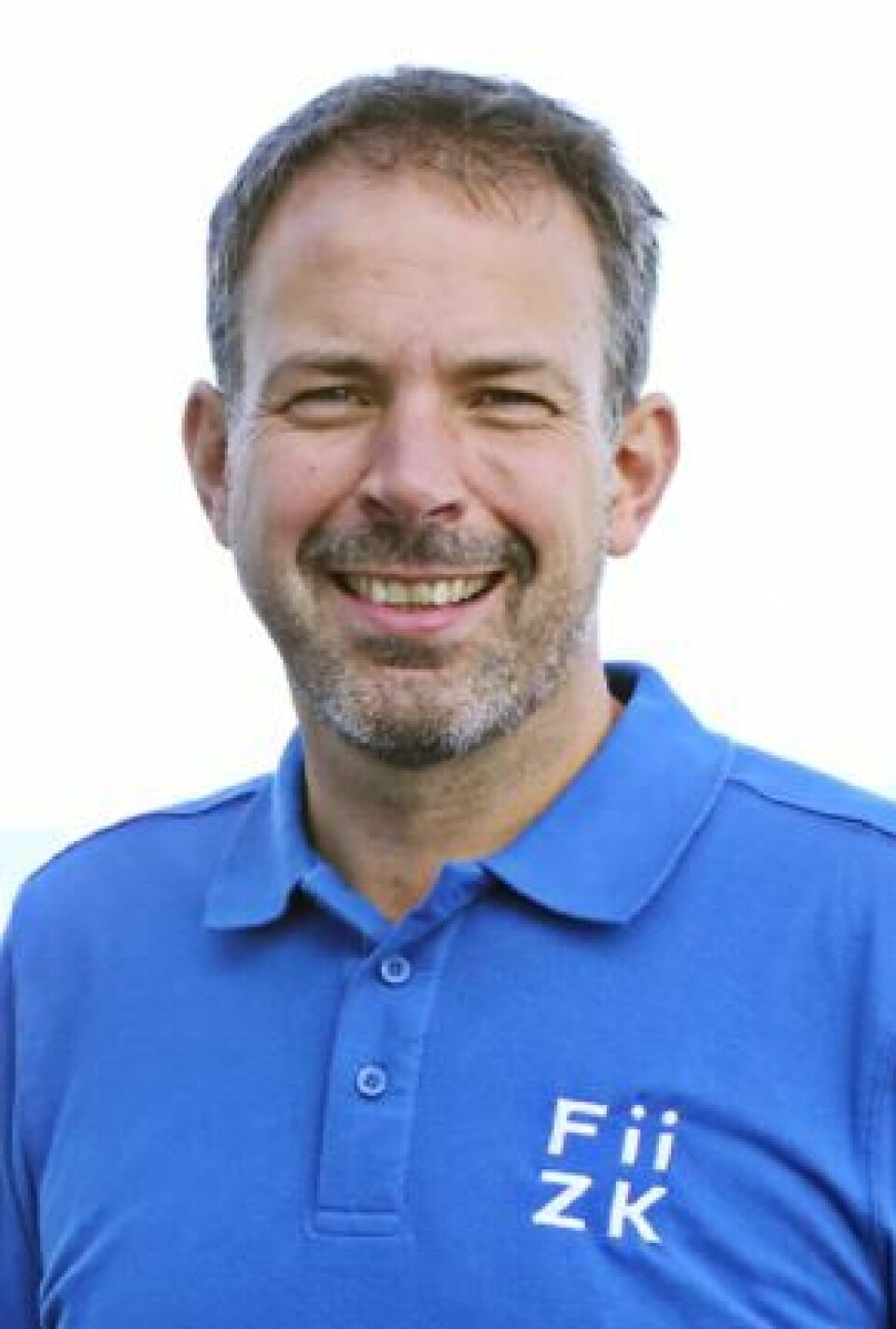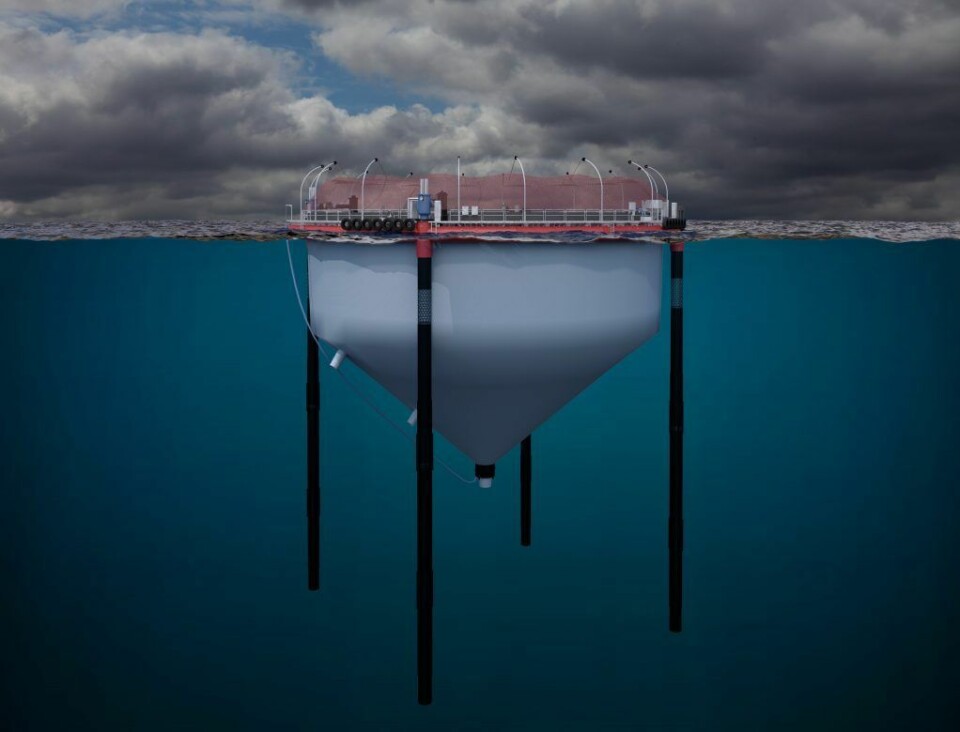
Industry’s interest in closed cages draws Fiizk to Scotland
Scotland’s potential as a market for closed cages has prompted the Norwegian company behind Cermaq’s semi-closed containment system (SCCS) to set its sights on the Scottish salmon industry.
Fiizk, which makes a cage that uses an impermeable tarpaulin wall instead of a net, is in the process of recruiting a sales / general manager to be based in Scotland.
The company’s marketing chief, Kevin Skarholt, said interest from Scotland’s salmon farmers in its product was the primary reason for having a permanent presence in the country.

Feedback
“We have previously been selling tarpaulins to some of the Scottish fish farmers, and we’ve seen that because Covid-19 means we can’t travel that much that it’s difficult to keep that contact, so we need to have a person there,” said Skarholt.
“But the main reason is because of the closed cages. We see that it’s picking up in Norway now and we have some good experience and good numbers from the trials that we’ve been doing, so that’s the main reason that we are looking for a person to get established in Scotland.
“We’ve had feedback from Scotland on closed cages, and at Aqua Nor last year there was quite a lot of interest regarding that. We are also in discussions with a potential client in Scotland regarding this.”
Post-smolts
Skarholt said the Norwegian industry’s focus had so far been on using closed cages for growing on post-smolts to a size where they were then transferred to net pens for the final growth stage before harvest.
“But we now see some Norwegian producers putting their whole production in closed cages in the sea,” he said.
Advantages of closed cages include the exclusion of sea lice, and the ability to trap fish faeces and uneaten feed that would fall through a net pen on to the seabed.

Gathering waste
“In Norway, in some locations we can just pump it out to open sea, for example, 200 metres from the site. It’s accepted by the government and will be spread by the current,” explained the marketing boss.
“But in locations which are more secluded fjords there would be a potential or a possibility to gather it (on a barge or on the shore).
“We are working with parties now that are able to do that, and also to produce fertiliser now that they have found a solution to the salt content issue.”
10,400m³ cage
Fiizk was formed by the merger of tarpaulin producer Botngaard, aquaculture software company Infront-X and SMH Digital Technologies, which develops pioneering digital integration platform for the aquaculture industry.
Since 2010, Botngaard and then Fiizk have delivered closed cages with capacities ranging from 2,500m³ to 10,400m³, the latter for Cermaq at Horsvaagen in the north of Norway.
It has also provided a closed cage for Cermaq Canada, which is due to be sited in Clayoquot Sound in British Columbia.
Transfer to pens
Cermaq Norway has used its closed cage to grow post-smolts from 100g to 1.2kg before transfer to open cages. Another Norwegian farmer, Sinkaberg Hansen, has a similar-sized Fiizk cage which it has used to grow 300,000 post-smolts from 100g to 1.5kg.
Fiizk has also supplied closed cages to Nexton Havbruk, Kråkoy Slakteri, Bolaks, Tubilah and Måsøval.
Closed cage systems rely on a constant supply of sea water being pumped into the cage, normally from below the top 10 metres where most sea lice are found.






















































